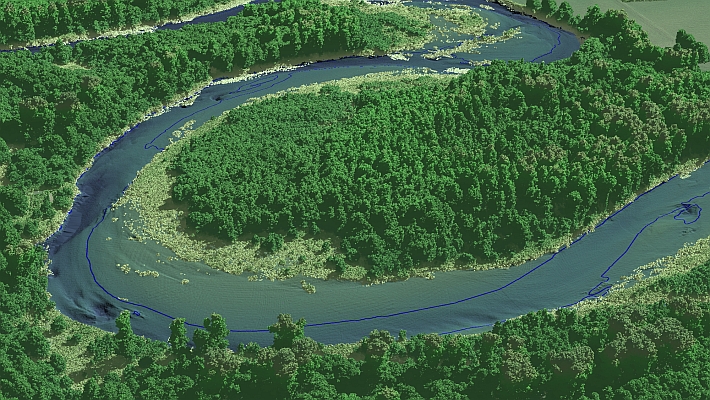Iridium Satellite announces that, in conjunction with Boeing, the companies have achieved two major milestones to further develop and demonstrate capability enhancements to the High Integrity Global Positioning System program for the U.S. Naval Research Laboratory.
The first milestone, completion of an Enhanced Narrowband software modification to computers on Iridium satellites, enables second-generation GPS-aiding signals to be broadcast through the entire Iridium constellation. These broadcasts will enable rapid, more accurate GPS position fixes than are available with current technology.
The GPS-aiding signals will provide appropriately equipped warfighters significantly improved capabilities for quickly locking on and maintaining a GPS signal, even while operating in restrictive environments such as urban areas, forests, mountains and canyons, as well as under enemy jamming attempts or amid battlefield radio frequency noise.
The second milestone was a demonstration of the acquisition of a GPS signal under substantial jamming while moving in a vehicle.
The principle behind High Integrity GPS, also known in government circles as "iGPS," uses satellite signals from the Iridium low-earth orbiting satellite communications system and the U.S. Air Force-operated GPS mid-earth orbit navigational satellites. Iridium provides a high-power signal and rapidly changing ground track to accelerate an initial position fix by users.
The GPS system provides navigational data in time, location and velocity. The result is an augmentation to GPS that provides iGPS receivers with improved navigation, higher signal integrity, precision accuracy and more jam-resistant capabilities. High Integrity GPS also has the potential to provide geographic positioning data to within centimeters, a vast improvement over current standalone GPS, which provides data within meters.
The team completed the ENB software upgrade on schedule and within budget, and will support a system-level demonstration later this year.
The team includes Iridium, Boeing Phantom Works’ Advanced Network and Space Systems, Rockwell Collins, Coherent Navigation and experts from academia.






